|
Melitaea athalia / Heath Fritillary
Athalia
Nymphalidae - Nymphalinae
Melitaea athalia (Rottemburg, 1775). TL: Paris.
 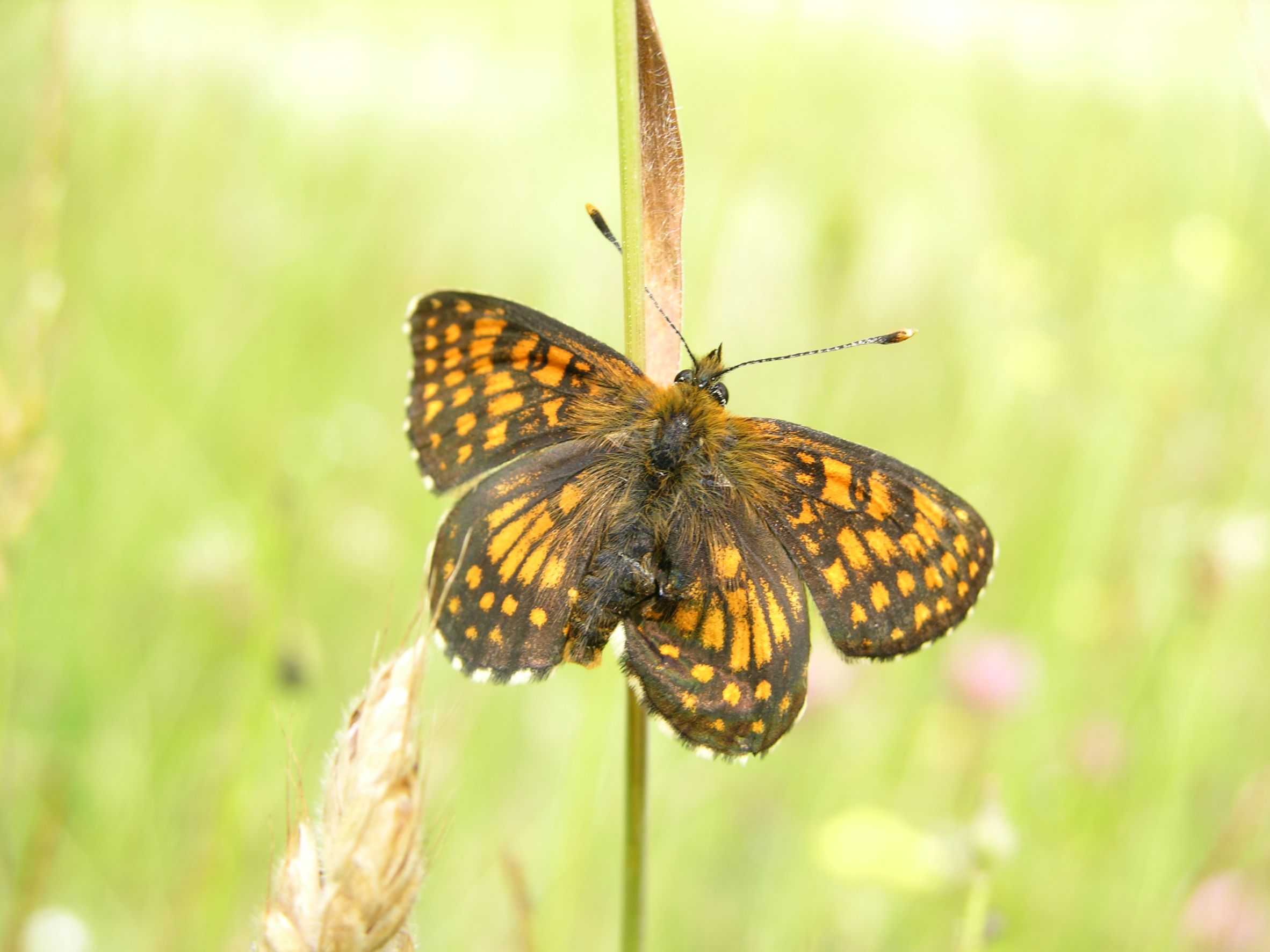
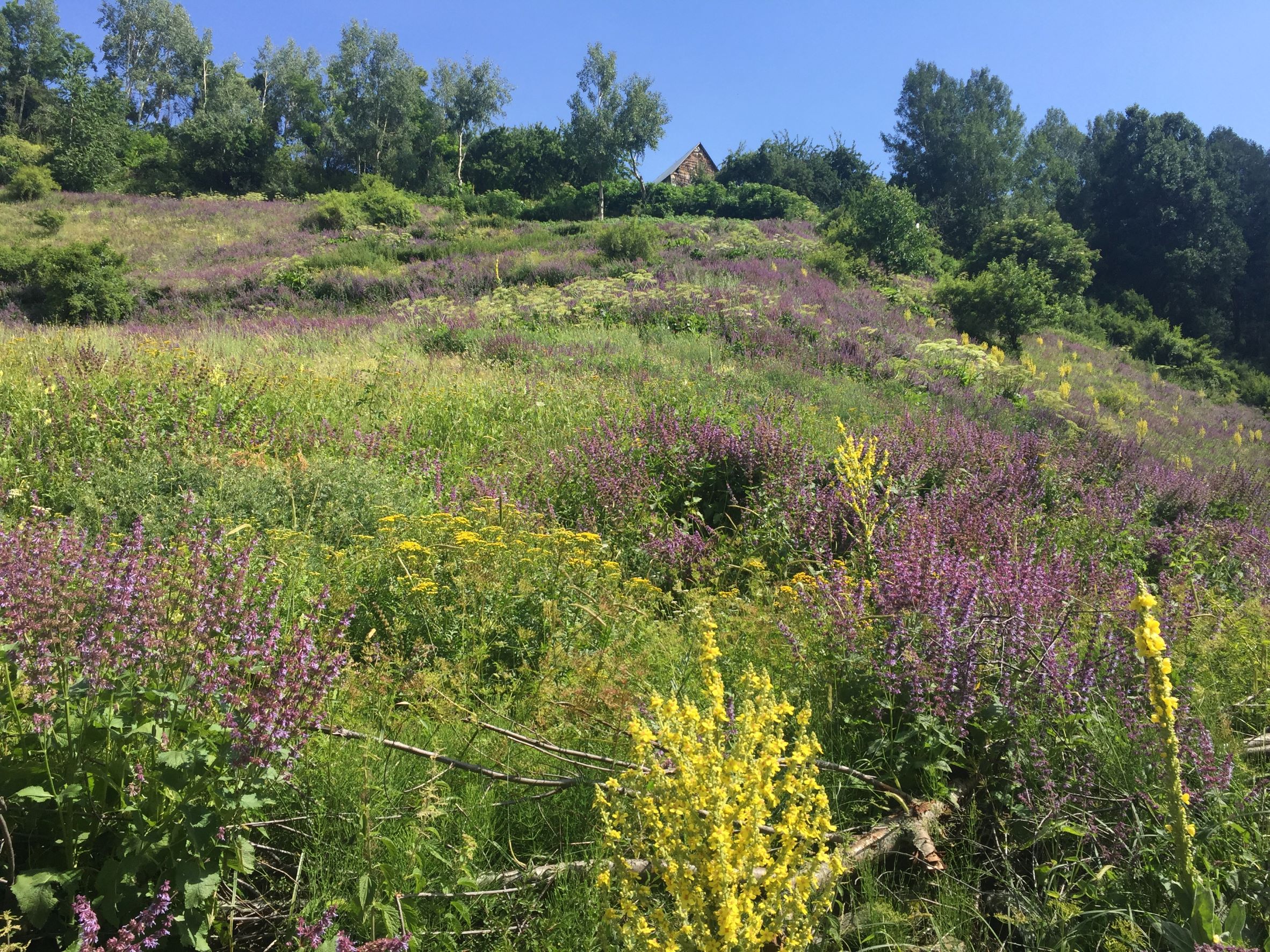 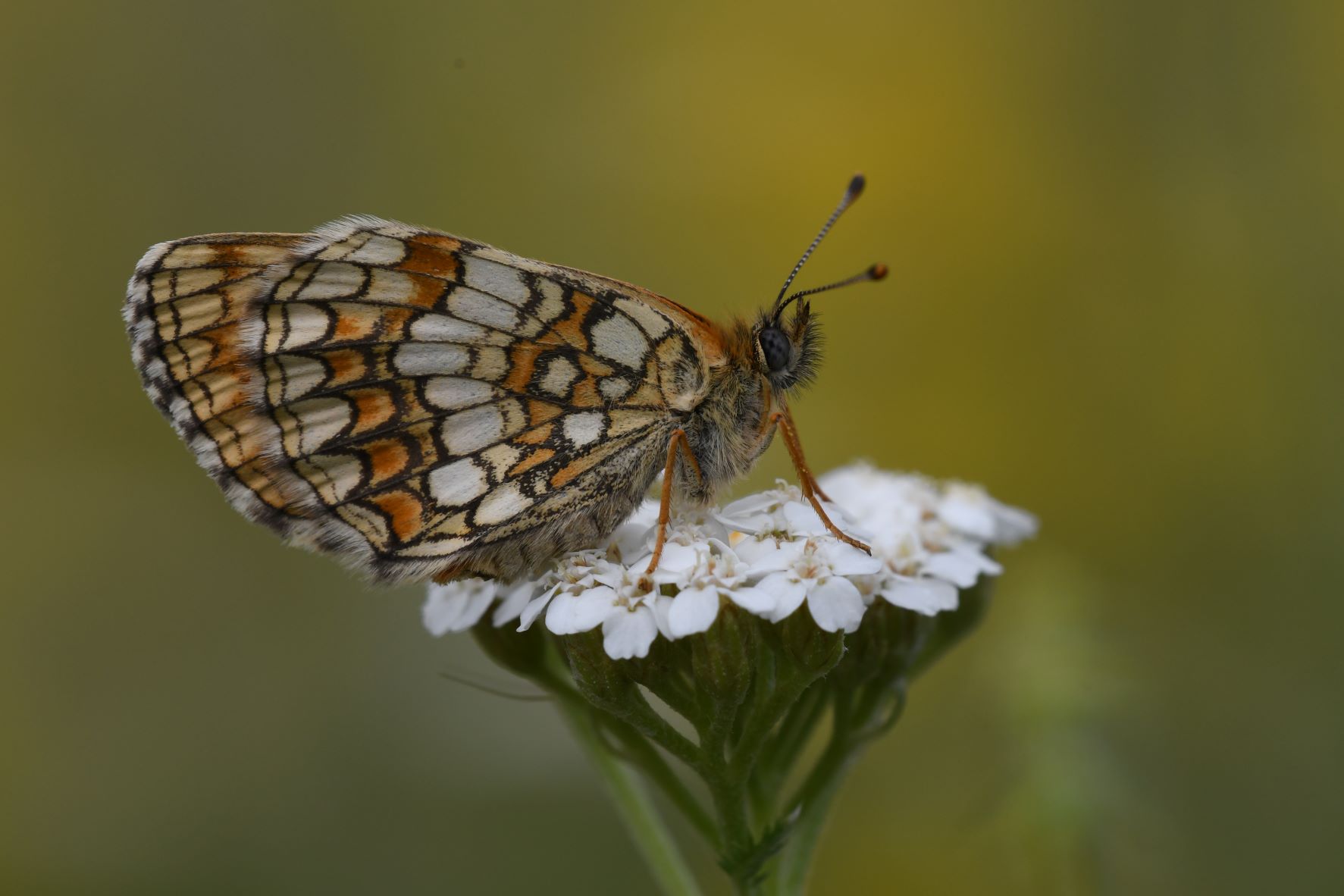
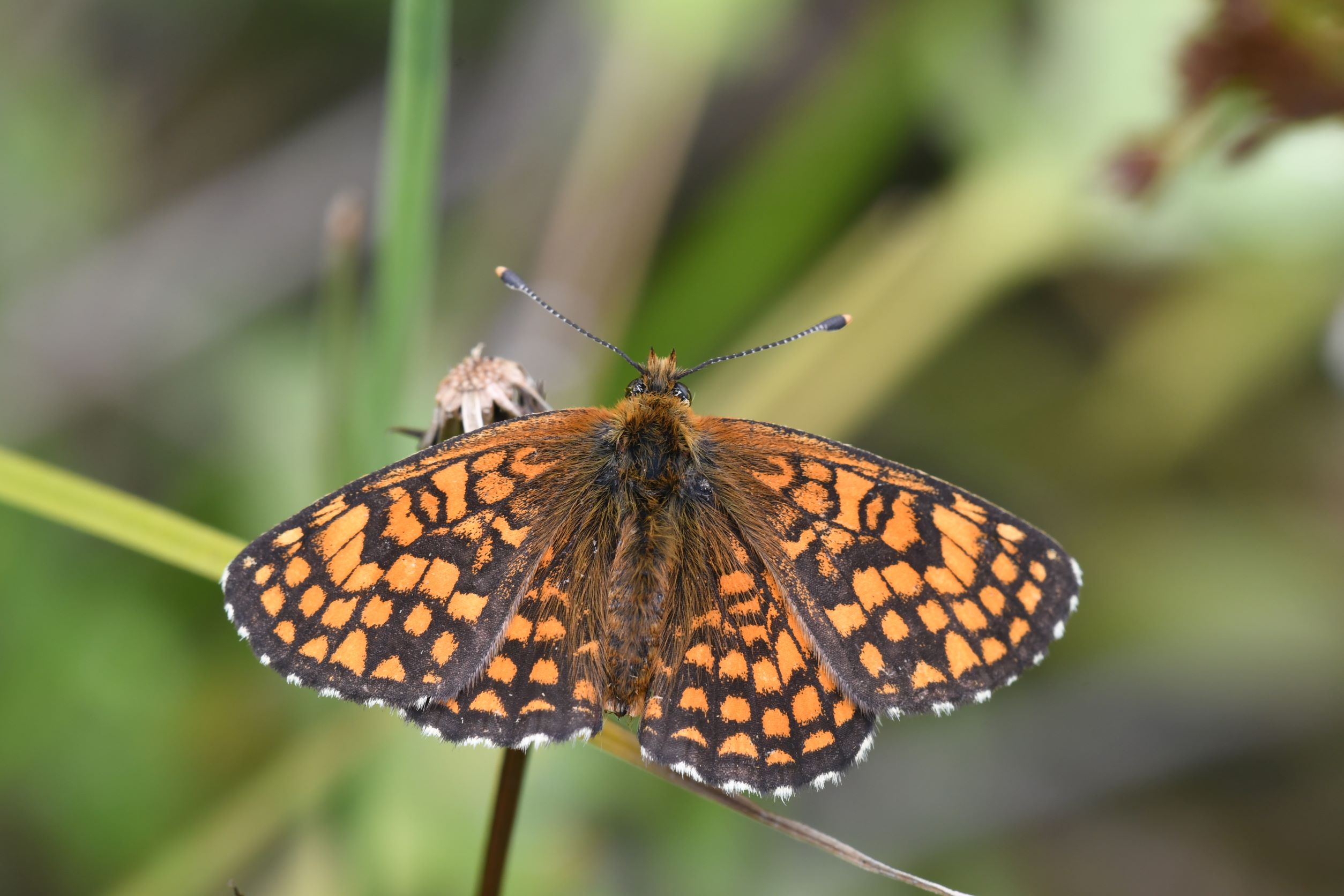 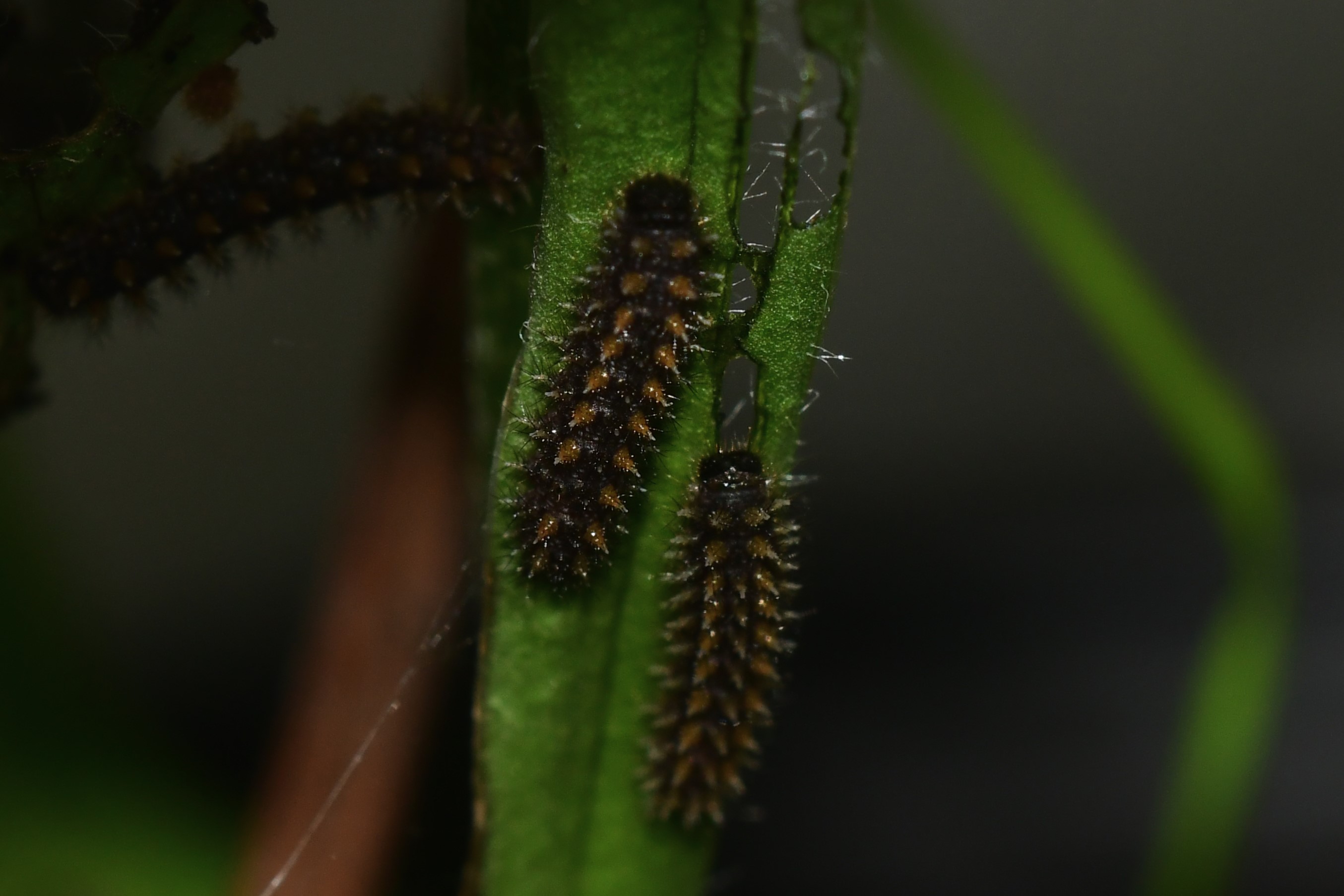
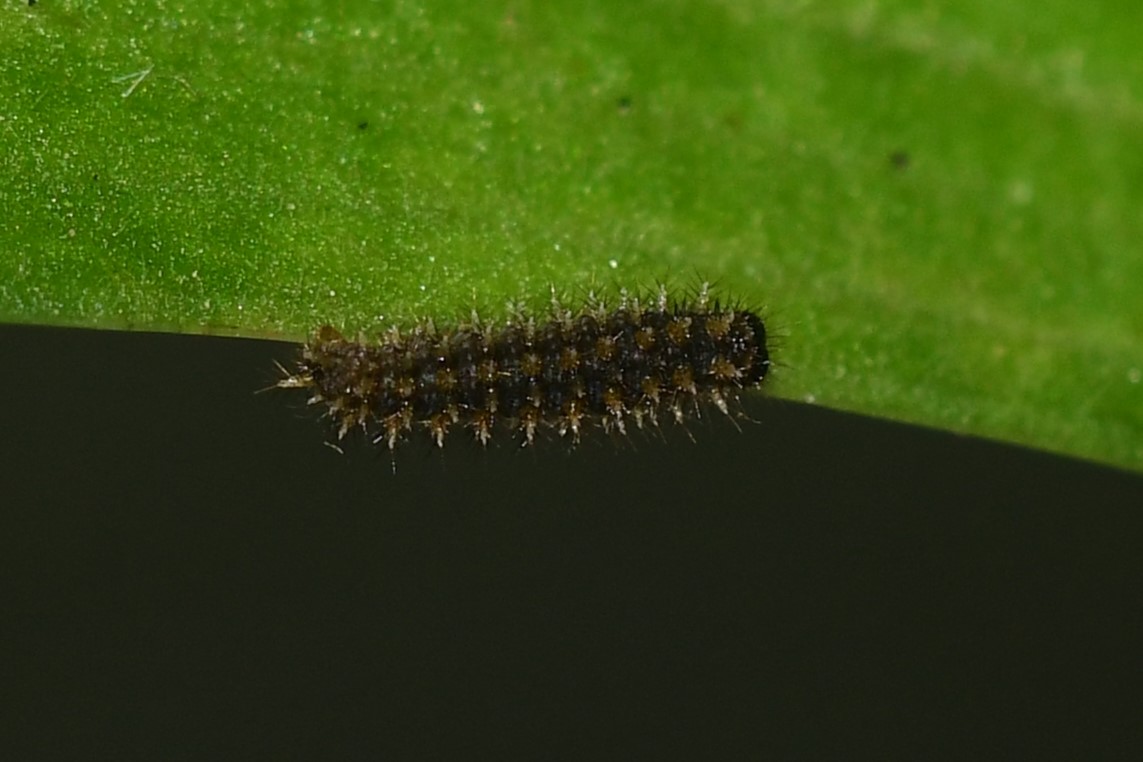 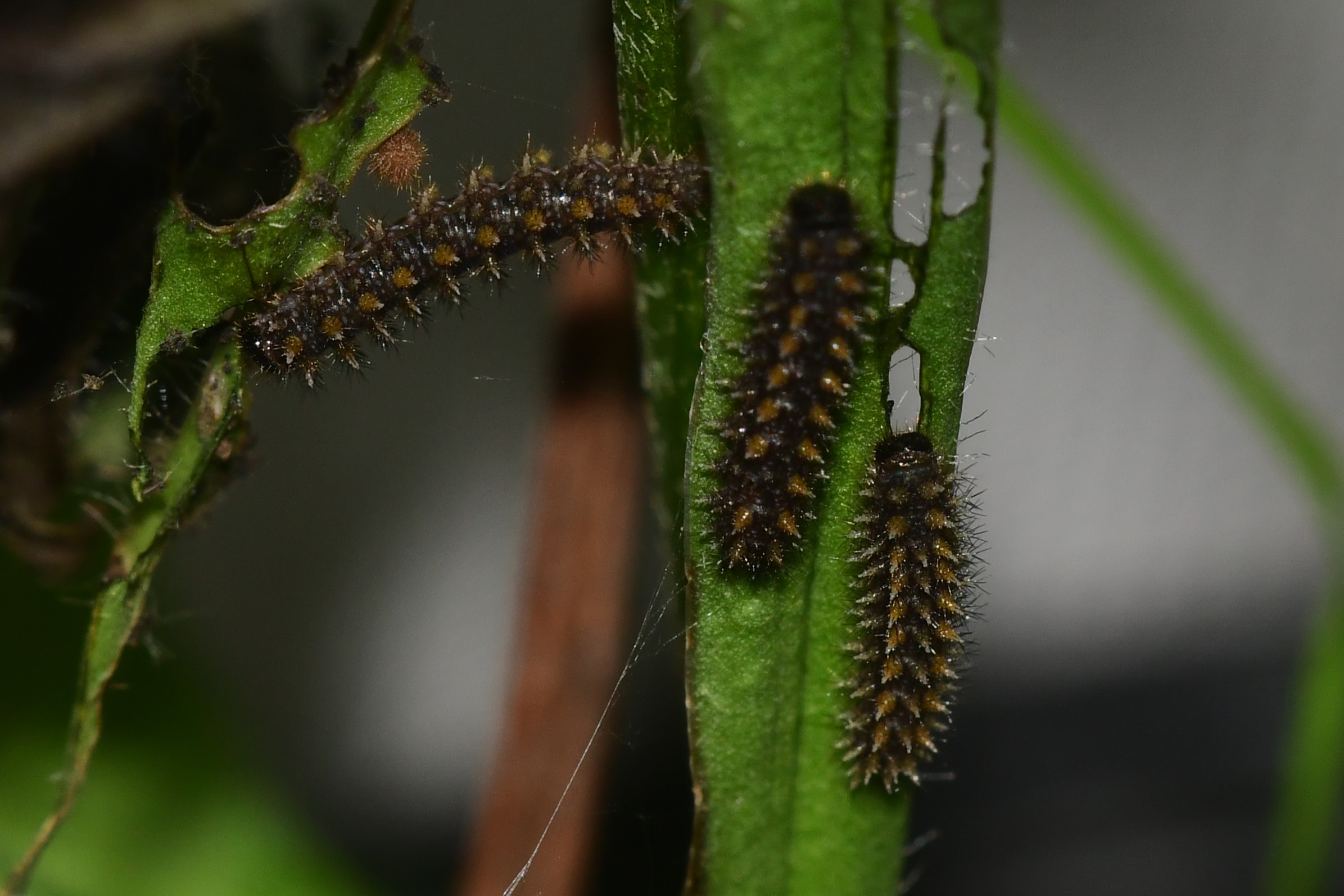
1a. Melitaea athalia, distribution map (09.i.2025).  Historical data ; Historical data ;  Additional data from the 2018 update ; Additional data from the 2018 update ;  New observations since the 2018 update. New observations since the 2018 update.
1b. Melitaea athalia ♂ upperside. Livadhet e Shishtaveci, Albania (© Lulëzim Shuka)
1c. Habitat of Melitaea athalia. North of Mali i Korabit, Albania (© Sylvain Cuvelier)
1d. Melitaea athalia ♂ underside. North of Mali i Korabit, Albania (© Sylvain Cuvelier)
1e. Melitaea athalia ♂ upperside. North of Mali i Korabit, Albania (© Sylvain Cuvelier)
1f. Melitaea athalia, L4 caterpillars. Burrel, Albania (© Sylvain Cuvelier)
1g. Melitaea athalia, L4 caterpillars. Burrel, Albania (© Sylvain Cuvelier)
1h. Melitaea athalia, L4 caterpillars. Burrel, Albania (© Sylvain Cuvelier)
Note
Important intraspecific genetic variation in the western Balkans.
Description
♂♂
Small butterfly. Fw: 18-20 mm, very variable.
Ups: orange buff gc, black markings often heavy and irregular.
Unf: s1b, s2 (s3) black inner border of yellow-orange marginal lunules well developed.
Unh: pale marginal band.
♀♀
Slightly larger, sometimes more dark suffusion.
Similar species
Identification between Melitaea athalia and M. aurelia, based on external morphology, including color of the palpi, is unreliable (url)
Identification based on genitalia is strongly recommended.
Dark Melitaea athalia are common in southern Balkans and can give confusion with M. diamina.
Reliable identification is based on criteria unh.
Life cycle
Adults: two generations (single generation at high altitude) from May to August.
Egg: 16 days.
Caterpillar: overwintering as half full-grown larva.
Pupa: 15-26 days.
Habitat
Melitaea athalia inhabits flowery grasslands with scattered shrubs and open forest areas and forest edges from lowland up to 2000 m a.s.l.
Spatial requirement modest, population density often high.
Foodplants
Caterpillars feed mainly on Plantago lanceolata, also mentionerd are Centaurea jacea, Digitalis sp., Linaria vulgaris, Melampyrum sp., Plantago atrata, P. major, P. media, Rhinantus minor, Teucrium scordium and Veronica sp.
Butterflies feed on a variety of flowers.
Distribution
Albania: widespread in the mountains.
Balkan: AL - BG - BIH - GR - HR - NMK - MNE - RKS - RO - SLO - SRB
Europe: IB - IT - ALP - BAL - NWE - UK* - SCA - EEU
Asia Minor, Transcaucasia, Caucasus and further east.
Conservation status
Melitaea athalia is not endangered.
Albanian Red List: LC.
IUCN Red List, category at the Mediterranean level: LC.
Useful links
Bink 2015
Pyrgus.de
Lepiforum
Euroleps
(url) Jugovic J. & Koren T. 2014. Wing pattern morphology of three closely related Melitaea (Lepidoptera, Nymphalidae) species reveals highly inaccurate external morphology-based species identification. — Nota Lepidopterologica 37(1): 75-90.
(url) Dapporto L., Menchetti M., Vodă R., Corbella C., Cuvelier S., Djemadi I., Gascoigne-Pees M., Hinojosa J., Lam N., Serracanta M., Talavera G., Dincă V. & Vila. R. 2022. The Atlas of mitochondrial diversity of Western Palearctic butterflies. — Global Ecology and Biogeography. 00, 1–7.
(url) Cuvelier S. 2023. Albania, a country with unexpected, intraspecific genetic variability in butterflies (Papilionoidea: Nymphalidae & Lycaenidae). Balancing on a tightrope between species, subspecies, ESU's and haplotypes. — Lépidoptères 32(82): 32-40.
|
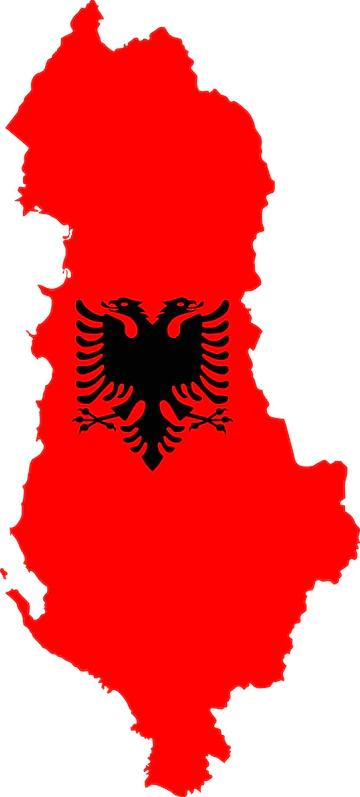 xx
xx 

 Historical data ;
Historical data ;  Additional data from the 2018 update ;
Additional data from the 2018 update ;  New observations since the 2018 update.
New observations since the 2018 update.